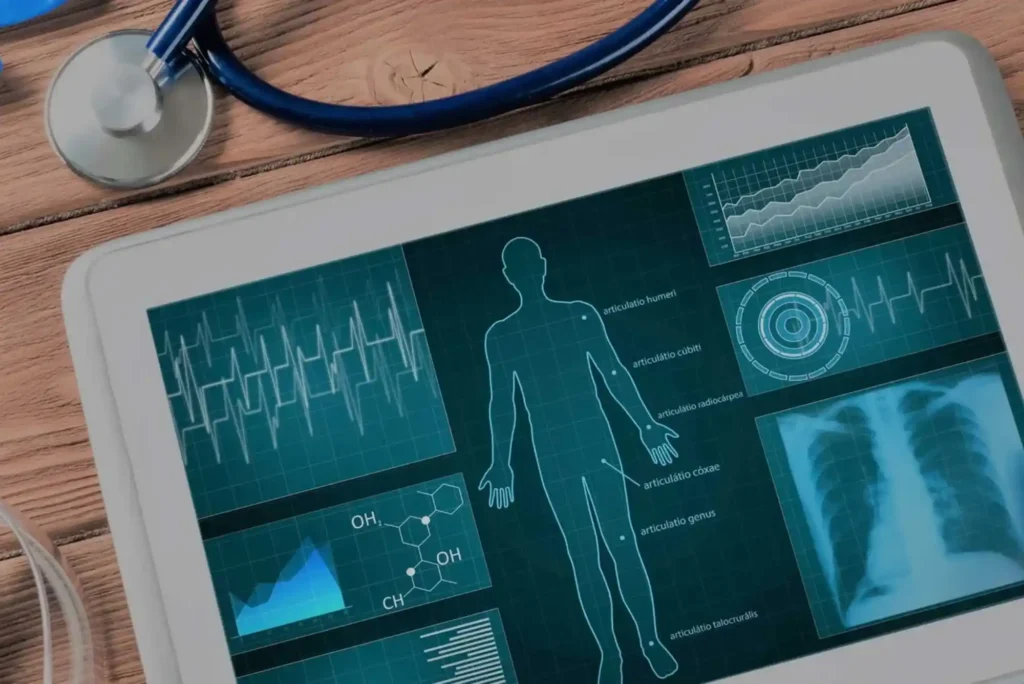The levels of health care services pyramid represent a hierarchical model of medical care that categorizes health services based on their complexity, accessibility, and scope. This model is instrumental in organizing and delivering health services efficiently, ensuring that patients receive the right care at the right time. By understanding this structure, health administrators, policymakers, and practitioners can design systems that improve patient outcomes while minimizing resource wastage.
Understanding the Pyramid
The levels of health care services pyramid is divided into three primary tiers:
- Primary Care
- Secondary Care
- Tertiary Care
Each level is distinct in terms of its purpose, the services offered, and the professionals involved. These tiers work together to provide a comprehensive framework for health service delivery, starting from preventive measures to highly specialized treatments.
Primary Care: The Foundation of the Pyramid

Definition
Primary care serves as the entry point to the health care system. It is focused on general health maintenance, disease prevention, early detection, and routine care. Primary care providers (PCPs) are typically the first point of contact for patients.
Services Provided
Primary care encompasses a broad range of services, including:
| Service | Description |
|---|---|
| Preventive care | Vaccinations, health screenings, and lifestyle counseling to prevent illnesses. |
| Diagnosis and treatment | Management of common ailments such as colds, infections, and minor injuries. |
| Chronic disease management | Ongoing care for conditions like diabetes, hypertension, and asthma. |
| Maternal and child health | Prenatal care, immunizations for children, and routine check-ups. |
| Health education | Providing patients with information about maintaining a healthy lifestyle and understanding their medical conditions. |
Professionals Involved
Primary care is typically delivered by family physicians, general practitioners, pediatricians, and nurse practitioners. They coordinate with other levels of care when a patient requires more specialized services.
Importance
The foundation of the levels of health care services pyramid, primary care reduces the burden on higher levels of care by addressing issues early and promoting overall health.
Secondary Care: The Intermediate Level
Definition
Secondary care includes specialized services that are typically provided upon referral from a primary care provider. This level of care is more focused and involves treating specific medical conditions.
Services Provided
Secondary care often includes:
| Service | Description |
|---|---|
| Specialist consultations | Access to specialists like cardiologists, dermatologists, and orthopedists. |
| Diagnostic services | Advanced imaging, laboratory tests, and procedures to identify complex conditions. |
| Elective surgeries | Surgeries such as appendectomies, cataract removal, and hernia repair that are not emergencies. |
| Hospital care | Short-term stays in hospitals for observation, recovery, or treatment. |
| Rehabilitation services | Physical therapy, occupational therapy, and other services to aid recovery post-surgery or illness. |
Professionals Involved

Secondary care involves specialists and professionals who focus on specific areas of medicine. Examples include oncologists, endocrinologists, radiologists, and physical therapists.
Importance
Secondary care acts as a bridge between the broad services of primary care and the highly specialized nature of tertiary care. It provides patients with targeted treatments while maintaining coordination with other levels.
Tertiary Care: Specialized and Advanced Services
Definition
Tertiary care is the highest level of the levels of health care services pyramid. It provides highly specialized services and treatments for complex and severe medical conditions.
Services Provided
The services at this level include:
| Service | Description |
|---|---|
| Specialized surgeries | Complex procedures such as organ transplants, neurosurgery, and heart bypass surgeries. |
| Intensive care | Management of critically ill patients requiring advanced monitoring and life-support systems. |
| Advanced diagnostics | High-end imaging techniques like PET scans, genetic testing, and comprehensive laboratory evaluations. |
| Oncology services | Comprehensive cancer care, including chemotherapy, radiation therapy, and surgical interventions. |
| Research and clinical trials | Experimental treatments and studies to advance medical knowledge and improve patient outcomes. |
Professionals Involved
Tertiary care is delivered by specialists with extensive training and experience in highly complex areas of medicine. These include neurosurgeons, transplant surgeons, and critical care physicians.
Importance
Tertiary care ensures that patients with the most severe and complex conditions receive appropriate, life-saving interventions. It is resource-intensive and relies heavily on advanced technology and expertise.
Integration of the Pyramid
The levels of health care services pyramid emphasize a coordinated approach, ensuring smooth transitions between each level. For instance:
- A patient begins with primary care for preventive services or initial diagnosis.
- If further evaluation or treatment is required, the patient is referred to secondary care for specialist intervention.
- For advanced cases, tertiary care is utilized to provide the necessary expertise and technology.
This system reduces redundancy, improves resource utilization, and enhances patient outcomes by ensuring that care is delivered in the most appropriate setting.
Challenges in Implementing the Pyramid
While the levels of health care services pyramid offer an ideal framework, several challenges can hinder its effectiveness:
- Access Disparities: Rural and underserved areas often lack sufficient facilities and professionals at each level of care.
- Resource Allocation: Ensuring adequate funding and resources for all levels, particularly primary and secondary care, can be challenging.
- Coordination Gaps: Poor communication between levels can lead to fragmented care and delays in treatment.
- Workforce Shortages: The global shortage of healthcare professionals affects the efficient functioning of the pyramid.
The levels of health care services pyramid form the backbone of an organized and efficient health care system. By categorizing care into primary, secondary, and tertiary levels, the model ensures that patients receive the right services at the right time. Policymakers and health administrators must address the challenges associated with its implementation to create a system that is equitable, effective, and sustainable.
Related Searches
- Health care services pyramid structure
- Primary, secondary, and tertiary care differences
- Importance of health care services pyramid
- Levels of care in healthcare system
- Examples of primary care services
- Secondary care vs tertiary care
- Health care services delivery models
- Challenges in implementing health care pyramid
People Also Ask
1. What are the three levels of health care services?
The three levels of health care services are primary care, secondary care, and tertiary care. Each level provides distinct services ranging from preventive care to highly specialized treatments.
2. Why is the health care services pyramid important?
The health care services pyramid ensures efficient use of resources, reduces redundancies, and provides patients with the appropriate level of care based on their needs.
3. What services are included in primary care?
Primary care includes preventive measures like vaccinations, diagnosis and treatment of common illnesses, chronic disease management, maternal and child health care, and health education.
4. How does secondary care differ from primary care?
Secondary care focuses on specialized services and treatments, often requiring referrals from primary care providers. This includes specialist consultations, diagnostic tests, and elective surgeries.
5. What is an example of tertiary care?
An example of tertiary care is organ transplant surgery, which requires highly specialized expertise, advanced technology, and intensive care.
6. What challenges exist in implementing the health care pyramid?
Challenges include disparities in access, resource allocation, workforce shortages, and coordination gaps between the different levels of care.
7. How does the health care pyramid improve patient outcomes?
The pyramid ensures patients receive timely and appropriate care while optimizing the use of medical resources, ultimately enhancing the quality and efficiency of health services.
8. Who delivers care at the primary level?
Primary care is provided by general practitioners, family physicians, pediatricians, and nurse practitioners.
9. Can a patient skip primary care and go directly to secondary care?
In some cases, patients may directly access secondary care, but it is generally more efficient and cost-effective to start at the primary care level for non-urgent issues.
10. Is tertiary care accessible to everyone?
Tertiary care may not be accessible to everyone due to its resource-intensive nature, requiring advanced facilities and specialists, which are often concentrated in urban areas.





